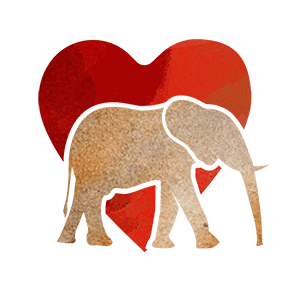
Wildlife Challenges
Today, wild animals and their wild spaces need our help more than ever
In Kenya, we are tackling challenges ranging from poaching to habitat destruction through our pioneering field projects so that humans and wildlife can find balance and live in harmony for generations to come.
Global Challenges Facing Wildlife
As human populations expand, communities are moving into habitats previously home to wildlife. Whether it's farms built on traditional elephant migratory routes or increasing numbers of livestock and livestock grazing within wildlife territory, the result is key resources like water and land are becoming more scarce and incidences of crop raiding, livestock predation and conflict have grown. As the population of Kenya is projected to be more than 50% higher by 2030, which will further stress relations between humans and wildlife, human-wildlife conflict is set to become an even bigger issue.
Crop raiding is an issue facing many communities on the borders of national parks. Though many elephants can navigate through the patchwork settlements, some opportunistic elephants find their way onto farms and are capable of flattening entire crops in a matter of hours. Farmers can lose crops, property and even lives - it’s said that some 500 people are killed each year by elephants and wild animals including elephants can killed in retaliation.
The predation of livestock by lions, leopards and hyenas or movement close to community lands as predators follow their prey on migratory routes can also cause retaliatory attacks. The poisoning of bait, shootings and the spearing of animals are some of the cases the SWT/KWS Vet Units have treated.
In the dry season, elephants move between Protected Areas and community land in search of food and water. Hand-dug, steep-sided wells and watering points used for human consumption and livestock can trap young calfs who fall in or get stuck, who may later be abandoned by the herd if efforts to free them are unsuccessful or disturbed.
Projects that address this threat



